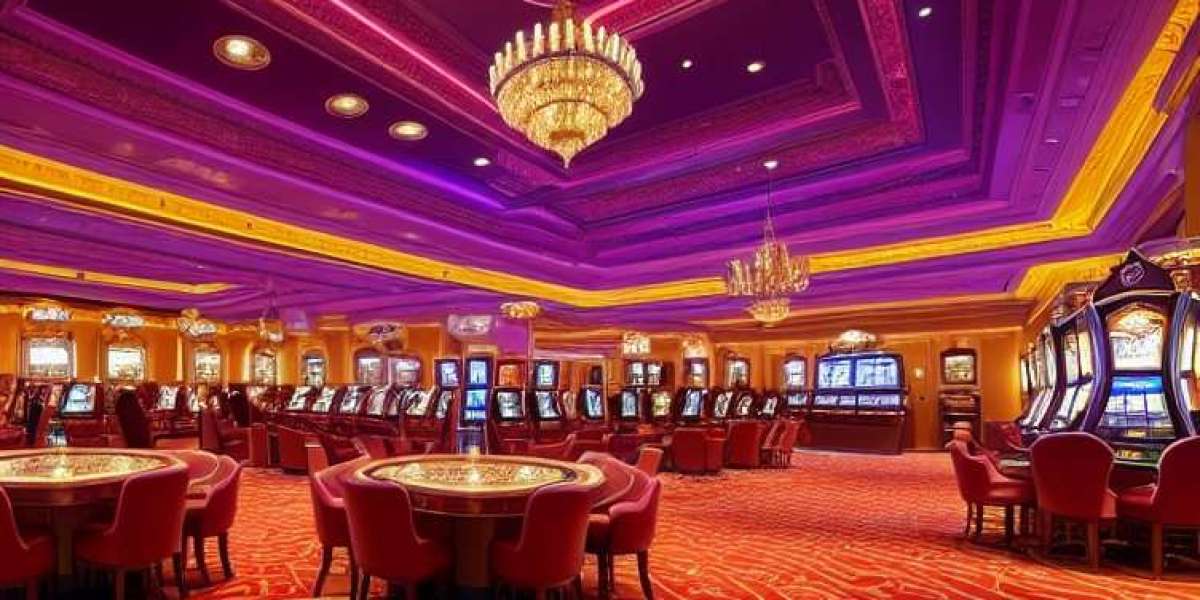In modern architecture and interior design, sustainability has moved from being a niche preference to an essential consideration. Designers and building owners now look for materials that reduce environmental impact without compromising performance. This shift has brought PVC Ceiling Film into the spotlight, as it offers a balance between durability, aesthetic flexibility, and resource efficiency.
One of the key reasons PVC ceiling film aligns with sustainable design trends is its extended lifespan. Traditional ceiling materials often require frequent repainting, patching, or even full replacement due to wear and tear. This results in more waste, additional energy consumption, and higher maintenance costs over time. PVC ceiling film, by contrast, is engineered for long-term use, resisting discoloration, cracking, and warping — reducing the frequency of replacements.
From a production standpoint, manufacturers have increasingly adopted methods to reduce material waste during fabrication. Many PVC ceiling films can also incorporate recycled content without compromising their visual or functional qualities. For projects aiming to meet green building certifications, this integration of recycled materials contributes positively to overall sustainability scoring.
Energy efficiency is another area where PVC ceiling film can play a role. Certain finishes, particularly reflective or light-diffusing options, can help enhance indoor lighting without the need for excessive artificial illumination. In offices, retail stores, and hospitality spaces, this can translate to noticeable reductions in energy consumption and operating expenses.
Indoor air quality has also become a focal point in sustainable design discussions. PVC ceiling films of high quality are produced to meet low-emission standards, helping create healthier environments for occupants. This is particularly important in schools, healthcare facilities, and residential developments where air purity directly affects comfort and wellbeing.
The versatility of PVC ceiling film further supports sustainable principles by enabling adaptive reuse of spaces. Instead of removing existing ceiling structures — a process that generates debris and landfill waste — installers can apply ceiling film over the current framework. This not only reduces construction waste but also minimizes disruption to the surrounding environment.
Shanghai MSD International Trade Co., Ltd. has responded to this growing demand for sustainable solutions with PVC ceiling film collections designed for longevity and environmental compatibility. Their offerings include a range of finishes that suit both modern and traditional interiors, allowing architects and designers to incorporate sustainable choices without sacrificing visual appeal.For more information on their sustainable PVC ceiling film solutions, visit: https://www.shanghaimsd.com/product/pvc-architectural-compound-materials/pvc-ceiling-film.html














